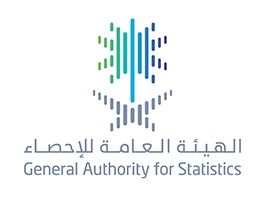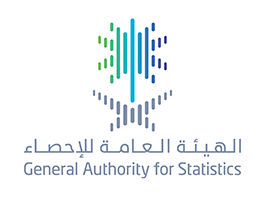Official government website of the Government of the Kingdom of Saudi Arabia
Links to official Saudi websites end withgov.sa
All links to official websites of government agencies in the Kingdom ofSaudi Arabia end with .gov.sa
Government websites use theHTTPSprotocol for encryption and security.
Secure websites in the Kingdom of Saudi Arabia use the HTTPS protocolfor encryption.
GASTAT Launches Economic Data Platform
11-08-2023

GASTAT issues the Industrial Production Index for June 2023
10-08-2023

GASTAT publishes The Real Estate Price General Index for quarter 2 of 2023
03-08-2023

Saudi economy grows by 1.1% driven by the growth of non-oil activities by 5.5% in quarter 2 of 2023
31-07-2023
GASTAT Launches Economic Data Platform
11-08-2023

GASTAT issues the Industrial Production Index for June 2023
10-08-2023

GASTAT publishes The Real Estate Price General Index for quarter 2 of 2023
03-08-2023

Saudi economy grows by 1.1% driven by the growth of non-oil activities by 5.5% in quarter 2 of 2023
31-07-2023